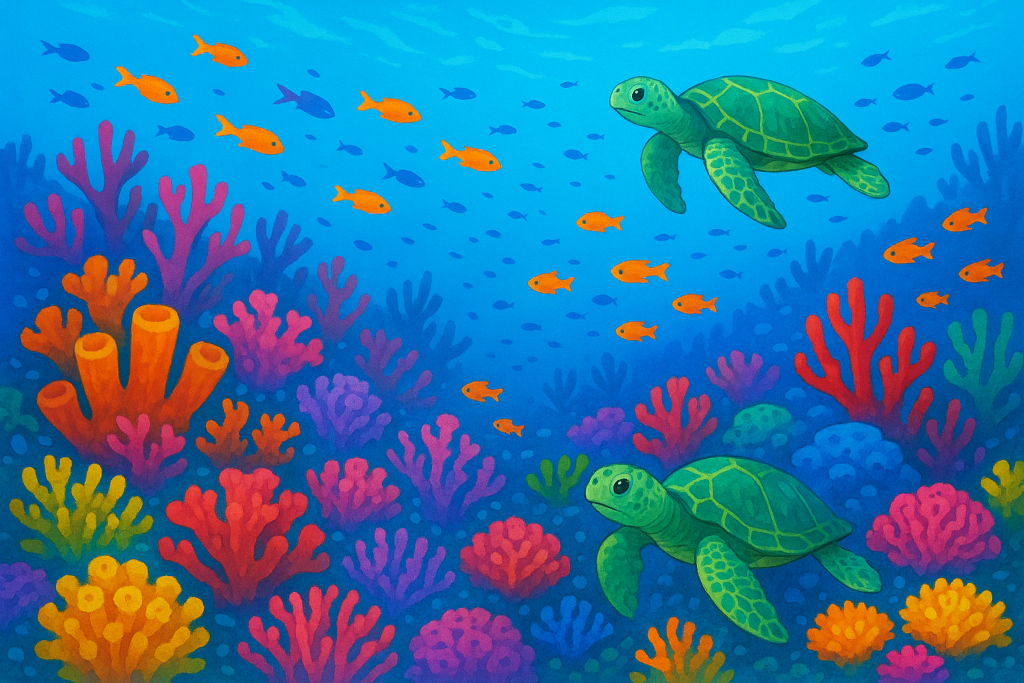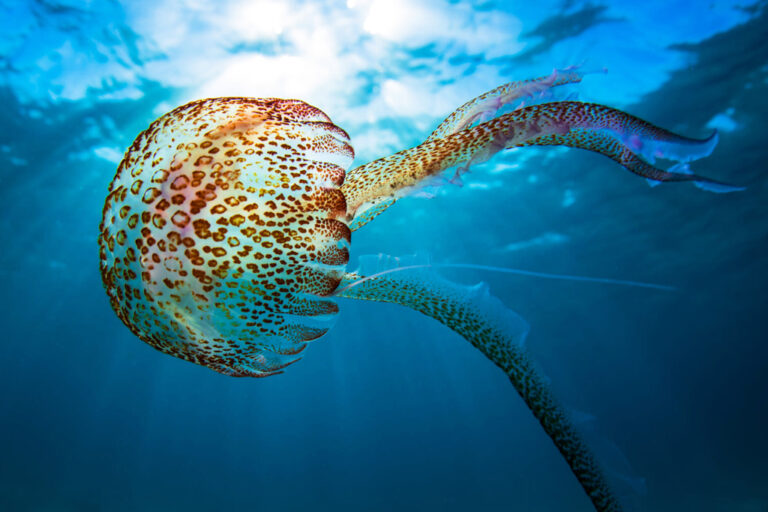If you’ve ever snorkeled in crystal-clear tropical waters and been awestruck by the explosion of color beneath the surface, you’ve seen one of Earth’s most fragile wonders: coral reefs.
But have you ever wondered why these vibrant ecosystems only seem to exist in warm, shallow places — and disappear completely in cooler, deeper parts of the ocean?
It’s not a coincidence. In fact, this one limitation is the key to understanding both the brilliance and the vulnerability of coral reefs — and what we’re at risk of losing if we don’t act fast.
The surprising reason coral reefs need the sun
At first glance, coral reefs seem like underwater rock gardens. But they’re actually living animals, forming enormous calcium carbonate skeletons from tiny creatures called polyps. That alone is fascinating — but here’s where it gets more surprising: corals rely on an invisible partner for survival.
Inside the tissues of reef-building corals live microscopic algae known as zooxanthellae. These algae perform photosynthesis — much like plants — taking in sunlight and turning it into energy. And they don’t just survive there; they feed the coral.
In return, the coral provides shelter and vital nutrients. It’s nature’s version of roommates splitting rent and groceries. This relationship allows corals to thrive in nutrient-poor tropical waters, but there’s a catch:
- Zooxanthellae need lots of light to photosynthesize.
- Sunlight only penetrates water effectively to a depth of about 30 meters (100 feet).
- This puts an upper limit on how deep coral reefs can grow: beyond that, things get too dark to survive.
Warmth, but not too warm
Just as sunlight defines the depth of coral growth, temperature defines its range. Coral reefs flourish in water temperatures between 23–29°C (73–84°F). Dip much below 18°C (64°F), and the corals struggle to survive. But it’s a delicate balance.
You might think all warmth is good — but too much of it can be deadly. In fact, as global temperatures climb, many coral reefs are bleaching — losing their algae and turning ghostly white — in a desperate attempt to survive heat stress.
The Great Barrier Reef, for example, has endured repeated mass bleaching events over the last decade, with record-breaking sea temperatures in 2016 and 2017 causing unprecedented damage.
What science tells us: experiments and lessons from the field
In a landmark 2005 study conducted by NOAA, researchers observed the effects of rising sea temperatures on Caribbean reefs. During that year’s unusually warm summer, over 90% of U.S. coral reefs in the region experienced bleaching. Recovery took years — and some areas never fully bounced back.
Another fascinating example? In the Red Sea, corals manage to live in slightly warmer water than most reefs without bleaching as quickly. Scientists are studying these corals in hopes of finding genetic traits that could help more vulnerable species adapt — potentially giving us tools to preserve reefs elsewhere.
So why only warm, shallow, clear water?
When you add it all together, it’s simple but profound:
- Corals need — available only in shallow waters.
- They require warm but stable water temperatures to survive and grow.
- Clear water is essential — too much sediment or pollution blocks light and stresses coral.
That’s why coral reefs are locked into warm, shallow tropical zones: anywhere outside these conditions becomes a no-go zone. It’s also why reefs are among the first ecosystems to suffer when climate shifts occur.
But wait… can we help save them?
Despite the challenges, hope isn’t lost. From reef restoration projects that grow coral in underwater nurseries to breakthroughs in breeding heat-resistant corals, scientists and conservationists are working to turn things around.
Every degree matters. Every clean shoreline, every reduced emission, every informed person makes a difference. Because the truth is: coral reefs are more than just beautiful — they protect coastlines, support fisheries, and host one of the richest ecosystems on Earth.
Final thoughts: This fragile masterpiece needs us
Coral reefs are nature’s most dazzling paradox: delicate yet strong, ancient yet vulnerable, limited by sunlight and warmth yet offering unlimited value to the planet. Understanding where they grow — and why — gives us a map for how to protect them.
So the next time you wade into warm, shallow, turquoise waters and glimpse a reef below, remember: you’re standing at the edge of one of Earth’s rarest balancing acts.




Leave a Comment